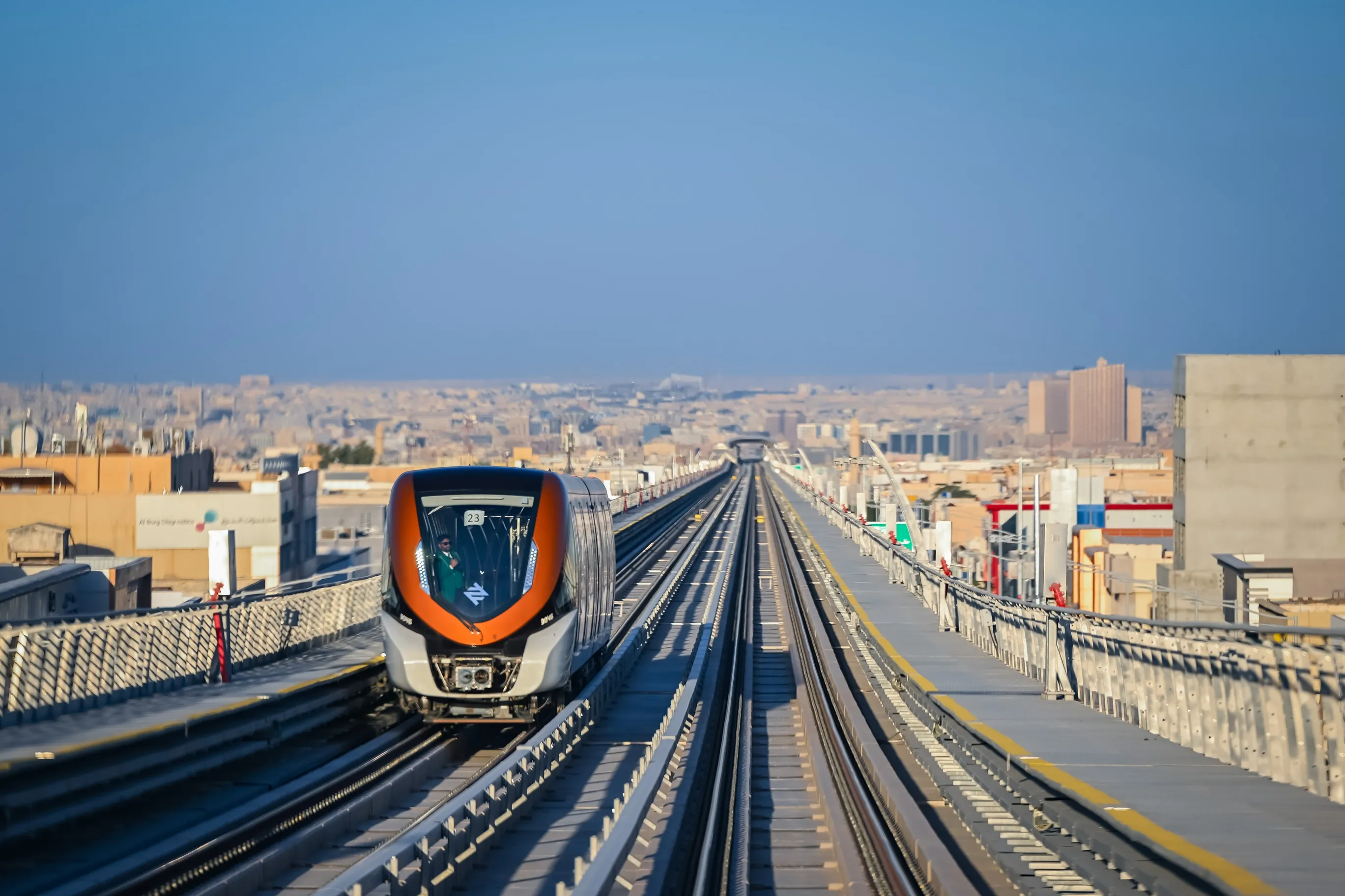Frost & Sullivan has released the results from its customer survey with several hundred companies conducted in December 2011, executed to find out the top predictions for 2012 for the global automotive and transportation market. Market growth in all regions except Europe, accelerated introduction of plug in hybrid and battery electric vehicles due to increasing fuel prices, mobility and integrated transportation as well as the integration of the smart phone with dedicated application stores and innovative H
May 30, 2012
Read time: 3 mins
Frost & Sullivan has released the results from its customer survey with several hundred companies conducted in December 2011, executed to find out the top predictions for 2012 for the global automotive and transportation market. Market growth in all regions except Europe, accelerated introduction of plug in hybrid and battery electric vehicles due to increasing fuel prices, mobility and integrated transportation as well as the integration of the smart phone with dedicated application stores and innovative HMI concepts will be the key topics in 2012 and beyond.
"Data and opinions of key stakeholders, combined with analysis and commentary from Frost & Sullivan industry experts, have been used to present key market highlights, hot growth topics, global and regional hot spots, areas of market convergence, and bold predictions for 2012," explains Krishnasami Rajagopalan, global programme manager automotive & transportation at Frost & Sullivan.
According to the survey, automotive and transportation industry participants expect that the auto market in 2012 will grow in all regions of the world by 5 – 10 per cent except Europe, where it is estimated to decline by 7 – 8 per cent.
It is also expected that increasing fuel prices will accelerate the introduction of plug in hybrid and battery electric vehicles. In 2012 alone, the industry will witness about 15 new electric vehicle launches in the global market.
Mobility and integrated transportation are going to be the key trends defining the long term strategy and outlook of the automotive industry. New business models such as car sharing and integrated urban mobility as well as electric vehicles will create new business opportunities.
Transport companies like5813 NS (Nederlandse Spoorwegen) in the Netherlands and leasing companies like 5814 LeasePlan have already started to offer integrated mobility services to its customers and regard them as a channel to generate recurring revenue and a tool to increase the penetration and customer satisfaction.
From a technological point of view, integration of smartphones will also help bring seamless connectivity inside cars, driving the next gen connected infotainment services and auto centric application stores. In car connectivity plays a crucial role in connected navigation, offering services like eco driving, dynamic routing, real time traffic information and plethora of other services which are crucial for offering an effective integrated mobility solution. With the introduction of numerous interactive features, Automotive HMI will play a key role in how a driver is able to use these features adhering to “hands on wheel and eyes on road” mantra.
The convergence between automotive and the electronics, information and communication technologies as well as energy markets finally is also highly significant and relates primarily to the emergence of the smartphone, electric vehicles and e-mobility driving innovation in connectivity, batteries, energy storage, transmission and distribution infrastructure, battery charging and integration of mobility into the smart home.
Frost & Sullivan’s insight into the four predictions for automotive and transportation for 2012 and beyond is available at this link.
"Data and opinions of key stakeholders, combined with analysis and commentary from Frost & Sullivan industry experts, have been used to present key market highlights, hot growth topics, global and regional hot spots, areas of market convergence, and bold predictions for 2012," explains Krishnasami Rajagopalan, global programme manager automotive & transportation at Frost & Sullivan.
According to the survey, automotive and transportation industry participants expect that the auto market in 2012 will grow in all regions of the world by 5 – 10 per cent except Europe, where it is estimated to decline by 7 – 8 per cent.
It is also expected that increasing fuel prices will accelerate the introduction of plug in hybrid and battery electric vehicles. In 2012 alone, the industry will witness about 15 new electric vehicle launches in the global market.
Mobility and integrated transportation are going to be the key trends defining the long term strategy and outlook of the automotive industry. New business models such as car sharing and integrated urban mobility as well as electric vehicles will create new business opportunities.
Transport companies like
From a technological point of view, integration of smartphones will also help bring seamless connectivity inside cars, driving the next gen connected infotainment services and auto centric application stores. In car connectivity plays a crucial role in connected navigation, offering services like eco driving, dynamic routing, real time traffic information and plethora of other services which are crucial for offering an effective integrated mobility solution. With the introduction of numerous interactive features, Automotive HMI will play a key role in how a driver is able to use these features adhering to “hands on wheel and eyes on road” mantra.
The convergence between automotive and the electronics, information and communication technologies as well as energy markets finally is also highly significant and relates primarily to the emergence of the smartphone, electric vehicles and e-mobility driving innovation in connectivity, batteries, energy storage, transmission and distribution infrastructure, battery charging and integration of mobility into the smart home.
Frost & Sullivan’s insight into the four predictions for automotive and transportation for 2012 and beyond is available at this link.









